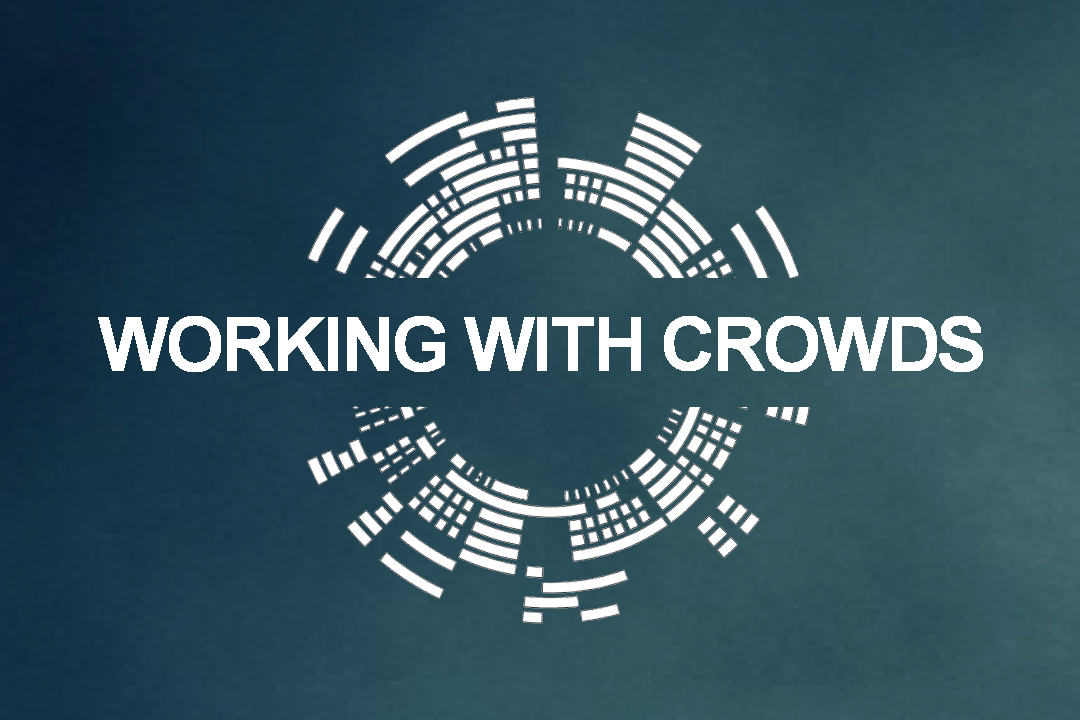

A few things on the site
Have a look at what we have on the site. All the content is to assist and improve crowd safety at events and crowded placed.
© 2025 Working With Crowds. Created for free using WordPress and
Colibri


Have a look at what we have on the site. All the content is to assist and improve crowd safety at events and crowded placed.